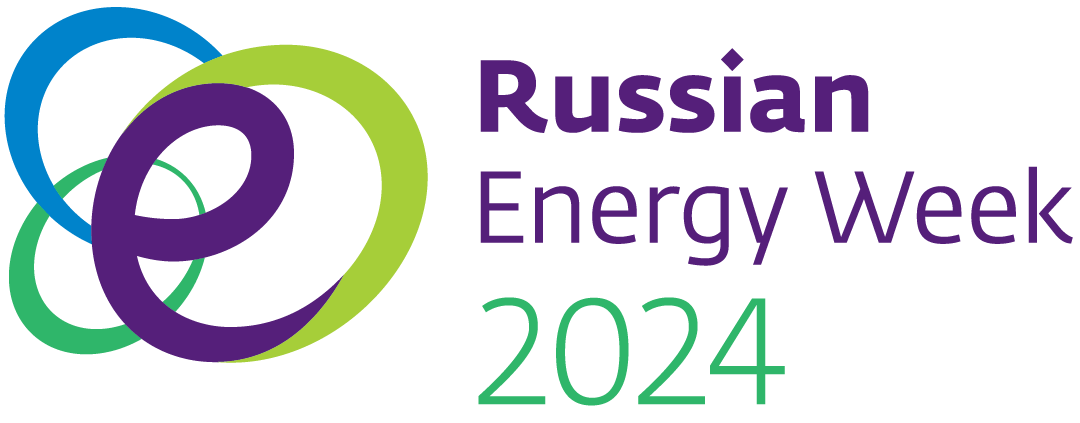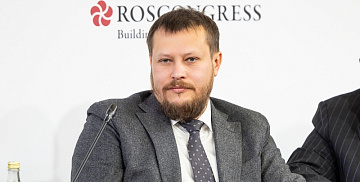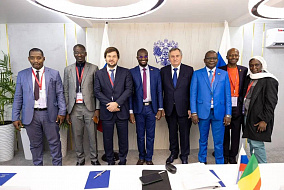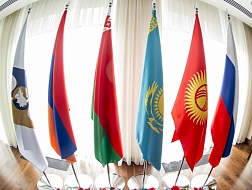The Strategy of Import Substitution in the Oil and Gas Industry: National Projects and Digital Technology
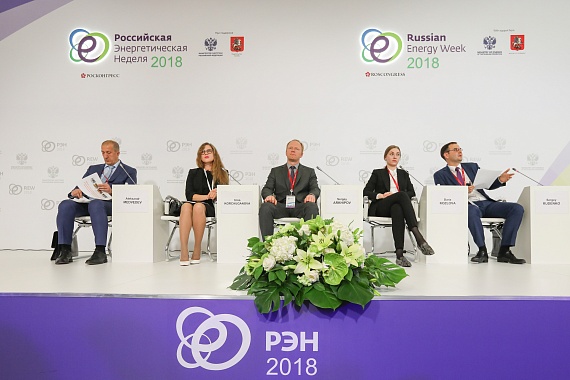
KEY CONCLUSIONS
Russia is actively implementing an import substitution programme in the oil and gas industry
“Active work has been carried out on import substitution since 2015. The Ministry of Industry, Ministry of Communications, and the Ministry of Energy have a huge number of useful tools to support import-substituting projects. All our federal executive bodies actively support the principles and concepts of digitalization”, Head of the Gazprom Neft Department of Technology Partnership and Import Substitution Sergey Arkhipov said.
“We are now producing anti-turbulence additives to transport oil and petroleum products as part of the import substitution programme. These are precisely the petrochemicals that are part of high margin reagents and are important in terms of localization”, Transneft-Sintez Leading Specialist Irina Korchuganova said.
“We have been building the Transneft-Sintez enterprise since 2017. It is taking place in the Alabuga free economic zone of the Republic of Tatarstan […] We are planning to launch construction with planned production capacity of 3,000 tonnes per year. The second phase of construction envisages production capacity of 10,000 tonnes per year, and production can be scaled within one year […] All the technology is entirely Russian”, Korchuganova said.
“The Russian seismic industry for offshore projects has been completely built from scratch […] Several catalytic production projects are currently being implemented for refining […] We have implemented a project to create a base oil for production that is superior to existing solutions in terms of its features, a well injection system for shale projects as well as software and hardware systems for hydraulic fracturing modelling”, Arkhipov said.
Lower capital costs generate demand for Russian energy
“Today, gas consumption is growing faster than other types of energy resources, and the main growth is mainly due to growth in the market for liquefied natural gas. Last year, the market grew by 11% and amounted to roughly 300 million tonnes. Based on the results of 2018, we expect additional growth of 7%. And our estimate is about 700 million tonnes by 2030 [...] Moreover, we see the key driver of growth as an increase in the availability of liquefied natural gas, and the producers’ job is to keep gas prices within an acceptable range for consumers by reducing capital costs and utilizing a flexible marketing strategy”, Head of the Advanced Technologies Department within the LNG Department of NOVATEK Sergey Rudenko said.
PROBLEMS
Outdated technical regulations
“We need to change the procedure for subsoil use, which was basically created for the extraction system that existed in the 1970–1980s [...] Technical regulations are not quite keeping up with the development of technology. And ensuring stable tax conditions is an important issue in terms of state support”, Head of Crude Oil Upstream and Technologies at VYGON Consulting Daria Kozlova said.
Insufficient support for exploration
“The field testing sites given in the concept of the bill [the bill provides for the creation of field testing sites to test methods for the extraction of hard-to-recover reserves] that currently exists, unfortunately, focus solely on mining technologies. But without geological exploration we cannot ensure long-term stable levels of production because we need the reproduction of the mineral resource base”, Kozlova said.
Limitations of the technology equipment market
“At present, about 70% of process lines are built using IPS technology, and the market for key technological equipment is limited due to the limited licensors market because manufacturers are largely determined by licensors in these processes”, Rudenko said.
SOLUTIONS
Development of new Russian technologies
“We are working on a range of issues concerning engineering and service engineering — first and foremost, the selection of materials [...] We are investing money in development, R&D, and new types of products”, Director for Technical Sales and Promotion of Products in the Domestic Market at Tube Metallurgical Company (TMK) Alexander Medvedev said.
“This year, the Arctic Cascade technology was patented. One of its features is the preliminary cooling of gas with methane using maximum energy efficiency due to the harsh Arctic climate. Liquefaction is also done under high pressure [...] The company has already begun building a fourth production line at Yamal LNG based on the Arctic Cascade technology [...] The line should have capacity of approximately 1 million tonnes per year [...] About 96% of the project is based on technological equipment that is all of Russian origin”, Rudenko said.
Production of Russian pipes for offshore projects
“Today, our company is already manufacturing products for difficult operating conditions [...] We have virtually developed an entire line of pipe products for the development of offshore fields”, Medvedev said.
Reduction in capital costs
“We hope combining our liquefaction technology with our own gravitational-based technology for building LNG lines, which will now be used for the Arctic LNG-2, will further reduce capital costs per unit of LNG produced”, Rudenko said.
State support
“The state should provide an incentive for the industry to transition to new solutions, primarily in geological exploration and hard-to-recover reserves”, Kozlova said.
“Only through cooperation between science, industry, and government support will it be possible to generate a truly interesting result in a short time because when we look only towards commerce, we forget that you can find something truly high-tech, exclusive, and extraordinary”, Korchuganova said.
Introduction of digital technologies
“We are thinking about introducing a smart process control system. Work is currently under way [...] We hope to install an assistant system for the managerial staff, which will make it possible to work with liquefaction technology and use the weather conditions to increase the unit’s performance as effectively as possible”, Rudenko said.
